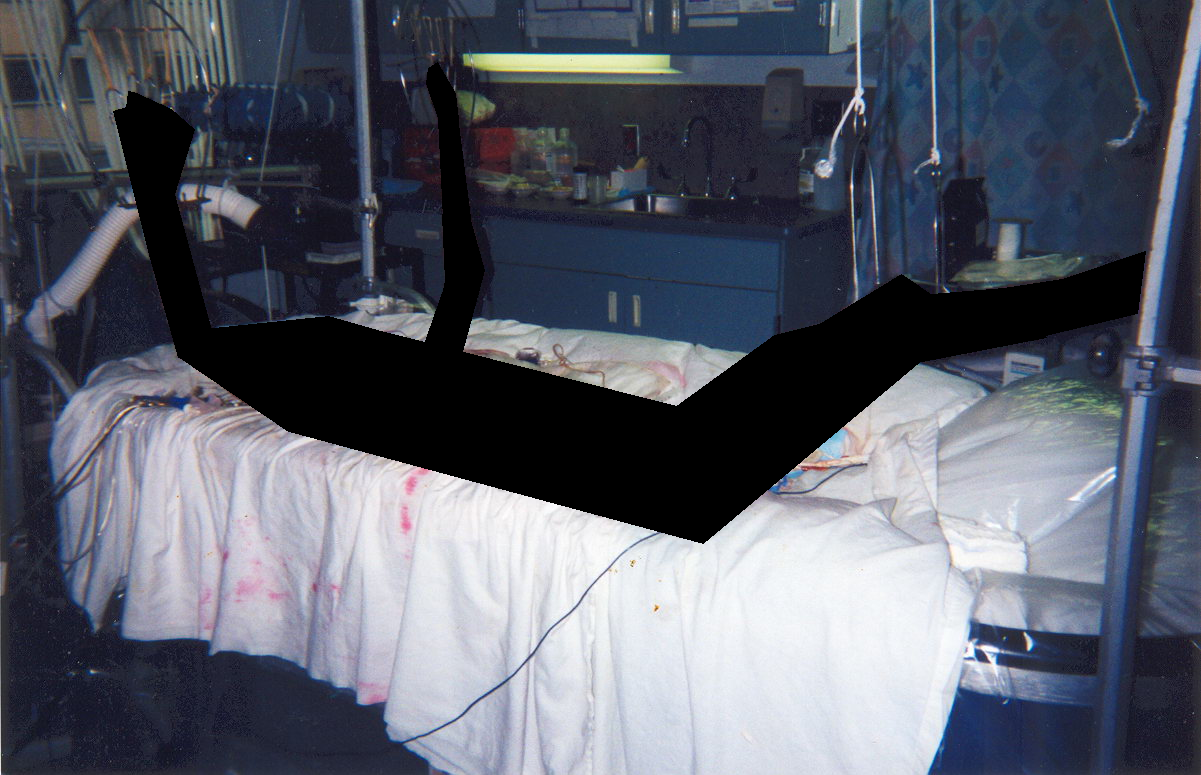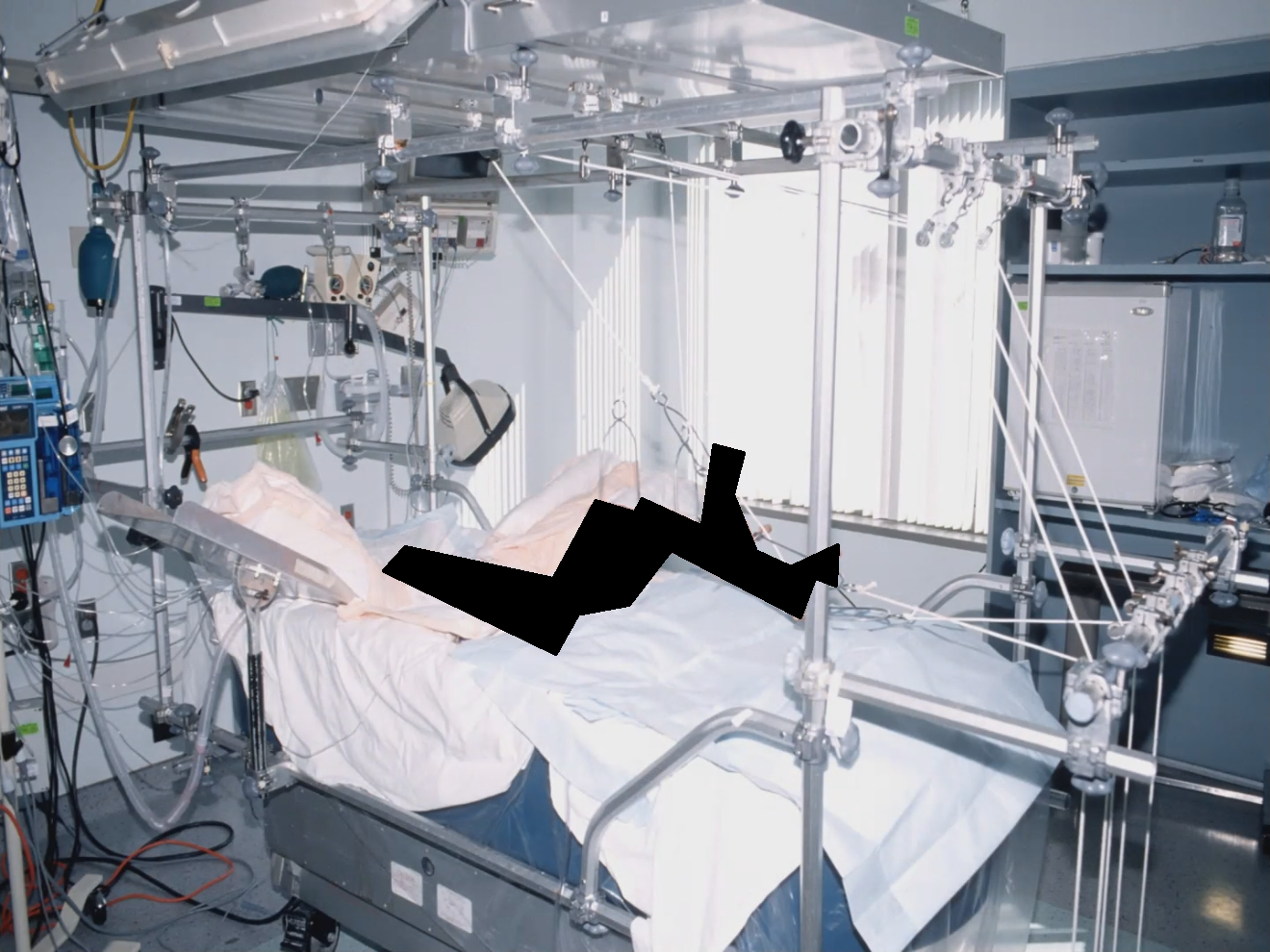
Hisashi Ouchi is a name that evokes a profound sense of tragedy and highlights the intricate challenges surrounding nuclear safety. He became widely known due to the haunting images that emerged during his prolonged hospital stay after a devastating accident at a nuclear power facility. Ouchi’s story is not just a personal narrative; it serves as a stark reminder of the inherent risks and dangers associated with nuclear energy. In this article, we will explore the life of Hisashi Ouchi in detail, examining the series of events that led to his dire medical condition. We will also discuss the broader implications of his experience on the discourse surrounding nuclear safety and the ethical considerations that arise in the field of nuclear energy. Through this exploration, we aim to shed light on the lessons learned from Ouchi’s tragic fate and the ongoing need for stringent safety measures in the nuclear industry.
The Incident: A Day That Changed Everything

What Happened on September 30, 1999?
The tragic nuclear accident involving Hisashi Ouchi in 1999 stands as one of the most harrowing events in Japan’s history, highlighting significant flaws in the safety protocols at nuclear facilities. On that fateful day, at the JCO Co. facility located in Tokaimura, Japan, a criticality accident occurred during the reprocessing of nuclear fuel. This incident led to a catastrophic release of radiation, which had dire consequences for those present, particularly Ouchi. The event not only inflicted devastating injuries on him but also sparked widespread concern regarding the safety measures implemented in the nuclear industry.
The Immediate Aftermath
In the immediate aftermath of the accident, Hisashi Ouchi, along with two other workers, found themselves exposed to lethal levels of radiation due to a series of improper safety protocols and human errors. The consequences of this exposure were nothing short of catastrophic, resulting in severe radiation burns and extensive damage to Ouchi’s internal organs. Medical professionals faced unprecedented challenges in treating him, as the level of radiation exposure was alarmingly high and beyond what had been previously encountered in medical practice.
Ouchi’s Hospitalization
Following the accident, Hisashi Ouchi was rushed to the hospital, where he underwent a multitude of medical procedures in a desperate attempt to save his life. The images of Ouchi in the hospital became iconic and haunting, serving as a stark illustration of the severe and often devastating effects of radiation exposure. While some argue that these images played a crucial role in raising public awareness about the importance of nuclear safety and the potential dangers associated with nuclear energy, others contend that they exploited Ouchi’s suffering for sensationalism, overshadowing the critical issues at hand.
Hisashi Ouchi: A Life Before the Accident

Early Life and Career
Hisashi Ouchi was born in 1962 in Tochigi Prefecture, Japan, into a family that embodied the values of a typical Japanese household. From a young age, he exhibited a keen interest in science and technology, which naturally led him to pursue a career in the burgeoning field of **nuclear energy**. As Japan entered the late 20th century, the nation was experiencing a significant expansion in its nuclear energy sector, driven by the need for reliable and efficient energy sources. Ouchi began his professional journey at the Tokaimura nuclear facility, where he quickly became an integral part of the team, contributing to various operations and gaining valuable experience in the industry.
The Culture of Nuclear Energy in Japan
By the late 1990s, Japan was heavily investing in nuclear energy as a strategic response to its increasing energy demands. This ambitious push for nuclear power was often accompanied by a troubling oversight: the critical importance of **safety measures** was frequently overshadowed by the urgency to produce energy. The culture surrounding nuclear energy in Japan at that time prioritized efficiency and output, sometimes at the expense of rigorous safety protocols. Ouchi’s tragic story serves as a poignant reminder of the dire consequences that can arise when safety is compromised in high-stakes environments like nuclear facilities. His experiences highlight the need for a balanced approach that prioritizes both energy production and the safety of workers and the surrounding community.
The Ethical Dilemma: Media and Suffering

Dissemination of Ouchi’s Images
The widespread dissemination of photographs depicting Hisashi Ouchi raises profound ethical questions that cannot be overlooked, particularly concerning issues of consent and the portrayal of human suffering. These images, which circulated extensively across various media platforms, sparked intense debates about the responsibilities that journalists and media outlets hold when reporting on sensitive and tragic events. Were these graphic images a necessary tool for raising awareness about the dangers associated with nuclear accidents, or did their distribution cross an ethical boundary that should not have been breached? This dilemma invites us to reflect on the fine line between informing the public and exploiting the pain of individuals for sensationalist purposes.
Public Reaction: Sympathy or Sensationalism?
The public’s response to the tragic story of Hisashi Ouchi was notably polarized. On one hand, many individuals expressed deep sympathy for Ouchi and his family, advocating for enhanced safety protocols and reforms to prevent similar incidents in the future. On the other hand, a significant portion of the audience criticized the media for sensationalizing his suffering, arguing that the portrayal of his condition was more about shock value than genuine concern for his well-being. This stark contrast in reactions underscores the complexities of human emotion when confronted with tragedy, revealing how different perspectives can coexist in the face of a single narrative. Ultimately, this situation compels us to consider how we engage with stories of suffering and the ethical implications of our responses.
The Impact of the Tokaimura Incident

Re-evaluating Nuclear Safety Protocols
In the wake of the Tokaimura incident, Japan re-evaluated its nuclear safety protocols. The accident highlighted the need for stricter regulations and better training for nuclear facility workers. It served as a wake-up call, prompting discussions about the **safety culture** within the nuclear industry.
Long-term Effects on Nuclear Policy
Hisashi Ouchi’s tragic story remains a poignant reminder of the risks associated with nuclear energy. His legacy has influenced discussions about nuclear safety and the ethical responsibilities of media in reporting such incidents. The incident led to changes in policy, emphasizing the importance of safety over production.
Lessons Learned: What Can We Take Away?

Understanding the Risks of Nuclear Energy
Ouchi’s life and the events surrounding his tragic accident serve as a critical case study in **nuclear safety**, medical ethics, and the role of the media. The images of Ouchi not only captured the physical toll of radiation exposure but also ignited a global conversation about the future of nuclear energy. It’s essential to understand that while nuclear energy can be a powerful resource, it comes with significant risks that must be managed.
Medical Ethics and Patient Rights
The ethical considerations surrounding Ouchi’s treatment and the media’s portrayal of his suffering raise important questions about **patient rights** and medical ethics. How do we balance the need for public awareness with the dignity of individuals who suffer? This is a conversation that continues to evolve.

Hisashi Ouchi’s story is not just about a tragic accident; it’s a reflection of the complexities surrounding **nuclear energy**, safety, and ethics. As we reflect on his life and the events that transpired, we are reminded of the importance of vigilance in safety protocols and the ethical responsibilities we hold as a society. We encourage readers to engage in discussions about the implications of Ouchi’s story on public policy and safety in nuclear facilities.
Join the Conversation
We invite you to share your thoughts in the comments below, explore other articles on our site, and join the conversation about nuclear safety and ethics. Thank you for reading about Hisashi Ouchi. We hope this article has provided you with valuable insights into a significant event in nuclear history. Please return to our site for more informative articles and discussions.
